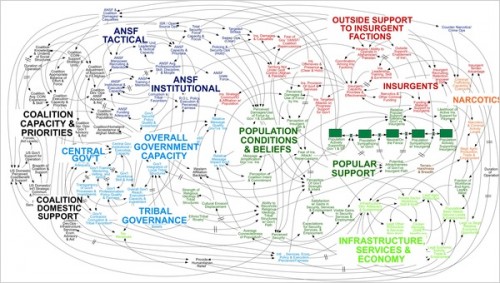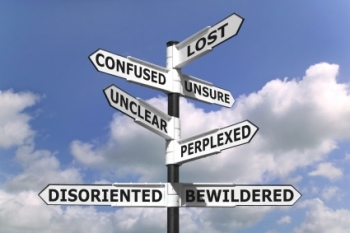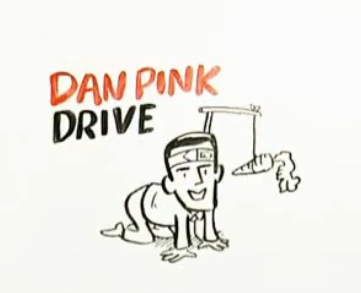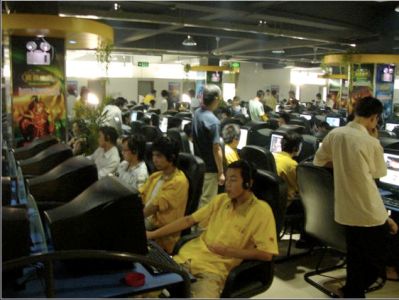“Avoid predictions that are impossible. That means, among other things, not trying to peer too far into the future. A narrow question in a time frame of six months to a year, fine” – that’s the general recommendation about forecasting by Dan Gardner in ‘Future Babble: Why Expert Predictions Fail – and Why We Believe Them Anyway‘.

I am increasingly astounded by the boldness of those producers of business plans that extrapolate into the future… in 5 years or 10 years. That has been made much easier with Excel of course (just copy the formulas into the next years…) but how can that be used to support decision-making? How can we even entertain the idea that the future will evolve linearly and let the nice exponential formulas in our spreadsheet forecast huger and huger growth? Can you just remember how the world was different 10, or even 5 years ago?
For my company, I have decided not to have a business plan. Of course, I don’t need to seek external funding. When/if I’ll do then I’ll cook something knowing it is pure BS to please bankers or investors. In the meantime I just try to have an idea of what the next year will look like, and that’s enough to steer my venture… and end up widely off course already!
Stop spending time doing long term business plans, except maybe as a sensitivity. Concentrate on executing, now and in the next 6 months. You’ll get there much more easily!
If you are interested on some good elements on the limits of business plans, look up this interesting blog by Tim Berry. Although the founder of a business plan software company, his views on the matter are very refreshing.











